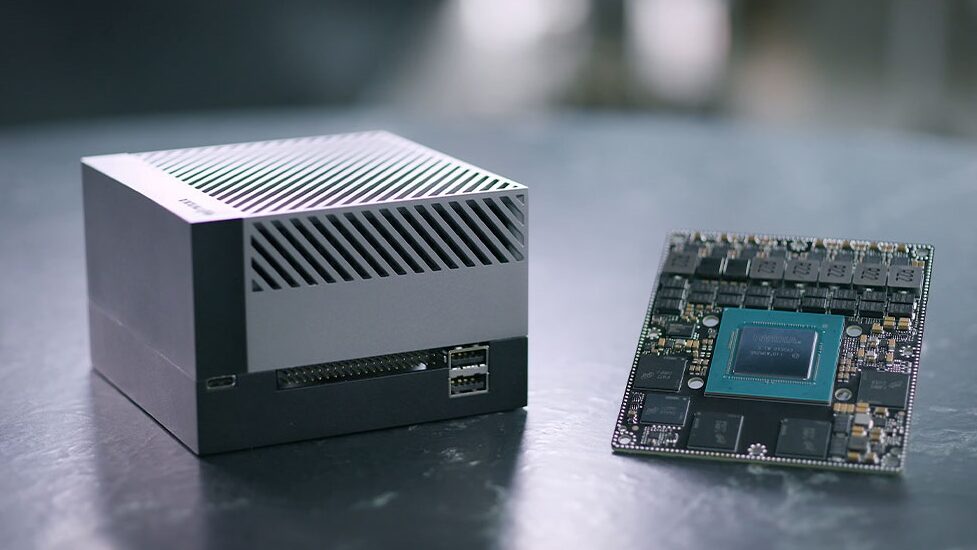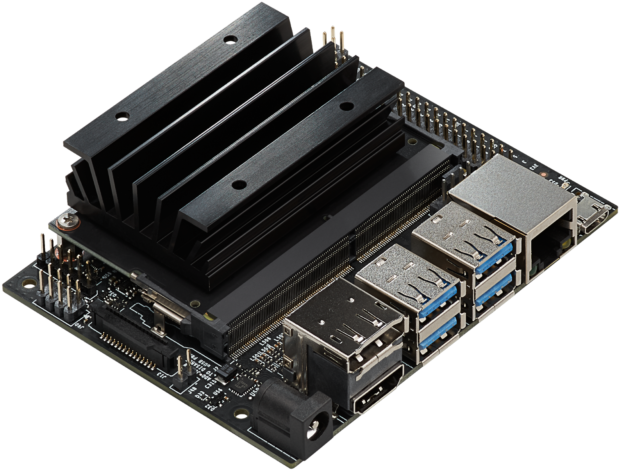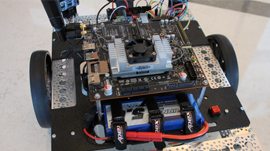This week Lockheed Martin, in a joint collaboration with the University of Southern California, announced plans to launch an AI, GPU-accelerated nanosatellite into orbit.
As part of a program called La Jument, Lockheed Martin and the Space Engineering Research Center at the University of Southern California’s Information Sciences Institute plan to launch its first satellite later this year.
The satellites are powered by NVIDIA Jetson and are built on the CUDA-X software stack, with the NVIDIA JetPack SDK.
The satellites will use Lockheed Martin’s SmartSat software-defined satellite architecture on their payload and bus. This software-defined system allows the satellite operators to change missions while in orbit, as well as uploading new applications onto the nanosatellites system.
The NVIDIA Jetson system delivers powerful AI computing at the edge, which will help with advanced image and digital signal processing. Jetson will enable the researchers to develop AI applications, opening up new possibilities to explore space.
One app that will run on the GPU-accelerated satellite is SuperRes, an AI-based application developed by Lockheed Martin, that can automatically enhance the quality of an image.
The purpose of the nanosatellite is for scientific research, as well as fostering collaboration between academia and industry partners.
Lockheed Martin says they will continue to work with the university to launch and incorporate future research and AI applications into their satellites.










